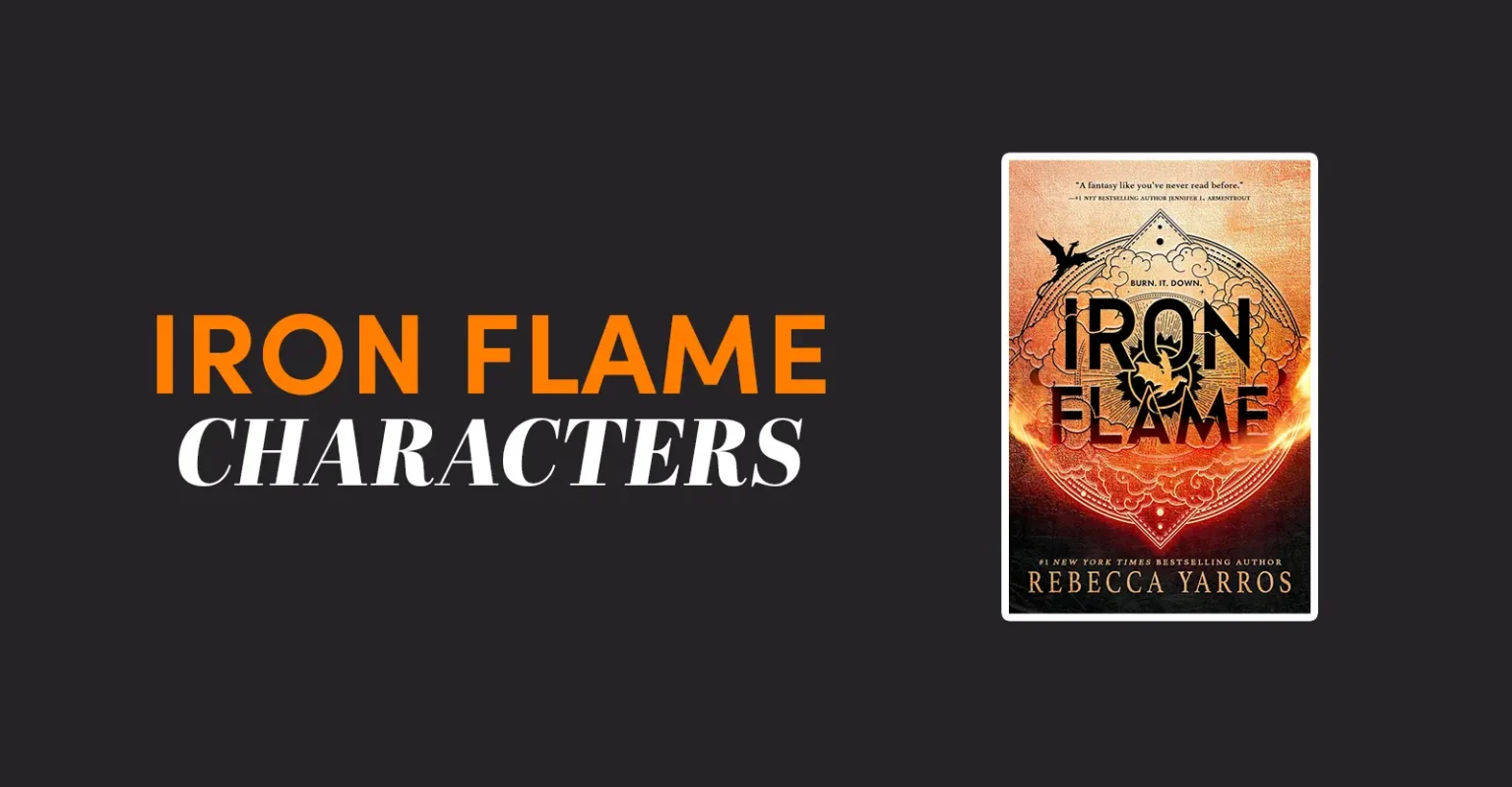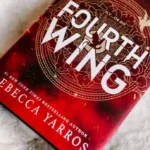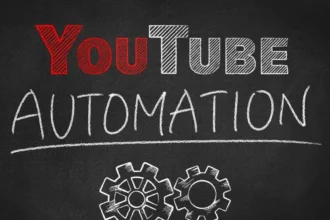Introduction to Iron Flame Characters
Iron Flame characters have taken the literary world by storm, captivating readers with their depth and complexity. They emerge from a vivid tapestry of inspiration, drawing on mythology and history to create unforgettable personas. Each character is intricately woven into the narrative, making them more than just figures in a story; they become integral parts of our imaginations.
Whether you’re a longtime fan or new to this fiery realm, there’s something uniquely enchanting about these personalities. From heroic protagonists to enigmatic villains, Iron Flame characters resonate with audiences across different ages and backgrounds. Join us as we delve into their fascinating origins, distinct traits, and the strong community that has sprung up around them!
The History and Inspiration of Iron Flame Characters
The world of Iron Flame characters is steeped in rich history and diverse inspirations. Rooted in ancient myths, these figures draw from a tapestry of folklore, legends, and cultural narratives.
Many characters embody archetypal traits that resonate across different cultures. This universal appeal helps forge connections with audiences worldwide. Writers often look to classical literature for guidance, integrating timeless themes into their creations.
Nature also plays a significant role in shaping these personalities. Elements like fire and earth are not just metaphors; they symbolize emotions and conflicts inherent to the human experience.
Additionally, modern influences like films and video games have contributed to the evolution of these characters. Each iteration brings fresh perspectives while honoring the foundational elements that fans adore.
This blend of tradition and innovation creates a captivating universe where every character has a story worth exploring.
The Main Characters and Their Personalities
Each character in Iron Flame brings a distinct flavor to the narrative. The protagonist, with their fierce determination, captivates audiences by navigating challenges that test their resolve. Their complexity is rooted in vulnerability and strength.
Then there’s the wise mentor figure. This character offers guidance but carries burdens of past mistakes. They embody wisdom, often reflecting on choices that shaped them.
The antagonist adds tension to the story. Driven by ambition or revenge, they are layered and relatable rather than purely evil. Their motivations create layers of moral ambiguity.
Supporting characters also shine brightly within this universe. Some offer comic relief while others provide emotional depth through friendship or rivalry. Each personality enriches the plot, making it a vibrant tapestry of human experience set against an epic backdrop.
Together, these iron flame characters form relationships that resonate deeply with fans and keep them invested in every twist and turn of the tale.
The Role of Mythology in Creating Iron Flame Characters
Mythology plays a vital role in shaping the world of Iron Flame characters. It weaves ancient tales into modern narratives, creating depth and resonance.
Drawing from various cultural myths, these characters often embody archetypes that resonate universally. Heroes, tricksters, and guardians emerge from rich traditions, giving them weight in their journeys.
The use of mythical creatures adds an enchanting layer. Dragons, spirits, and gods aren’t merely backdrops; they shape character arcs and motivations. These elements transport readers to realms where the extraordinary feels possible.
Symbols within mythology also enhance character development. A hero’s journey might mirror epic quests found in classic legends. Such parallels invite audiences to explore deeper themes of sacrifice and redemption.
Mythology breathes life into Iron Flame characters. It provides context for their struggles while allowing us to connect with timeless stories through fresh eyes.
How Iron Flame Characters Have Evolved Over Time?
The evolution of Iron Flame characters reveals a fascinating journey. Initially, they were archetypes steeped in traditional fantasy tropes. Heroes and villains often mirrored classic narratives found in literature.
As stories progressed, these characters began to gain depth. Writers infused them with complex emotions and motivations, making them relatable to audiences. The once clear-cut lines between good and evil blurred dramatically.
With the rise of modern storytelling techniques, diversity became crucial. Characters now embody different cultures, backgrounds, and experiences. This shift has allowed for richer narratives that resonate on multiple levels.
Technology also plays a role in this evolution. Digital platforms have fostered new ways for fans to engage with their favorite characters through fan fiction and online discussions.
Today’s Iron Flame characters reflect not just heroic feats but also personal struggles and growth journeys that mirror real-life challenges faced by audiences everywhere.
Fan Culture and Community around Iron Flame Characters
The fan culture surrounding Iron Flame characters is vibrant and diverse. Enthusiasts gather online, sharing artwork, theories, and fan fiction. Social media platforms buzz with discussions that delve deep into character motivations and plot twists.
Conventions often feature panels dedicated to these beloved figures. Fans don costumes, embodying their favorite personalities while celebrating the rich lore of the series. This sense of community fosters connections among individuals who share a common passion.
Online forums are filled with spirited debates about character arcs and relationships. The creativity displayed by fans is truly remarkable; it breathes new life into the narrative world.
Additionally, artists create stunning illustrations inspired by Iron Flame characters, showcasing their interpretations for others to appreciate. Merchandising has also taken off—fans love collecting figurines or apparel adorned with iconic imagery from this universe.
Conclusion: Why Iron Flame Characters Continue to Captivate Audiences Today
Iron Flame characters have a unique charm that resonates with audiences across the globe. Their depth and complexity allow for diverse interpretations, drawing in fans from different backgrounds. The rich tapestry of their personalities reflects real human experiences, making them relatable.
The creative process behind these characters has also played a significant role in their lasting appeal. Writers often blend elements of mythology and history to craft figures that evoke curiosity and intrigue. This fusion creates multi-dimensional beings who navigate intricate plots filled with challenges.
As fan culture surrounding Iron Flame grows, so does the community’s investment in these characters’ journeys. Online forums and social media platforms buzz with discussions about favorite moments, character arcs, and theories about future developments. This shared enthusiasm fosters connections among fans, creating an inclusive environment where ideas flourish.
What makes Iron Flame characters truly captivating is their ability to evolve alongside society’s changing values and norms. They reflect our fears, hopes, aspirations, and dreams while challenging us to think critically about the world around us. Their stories are timeless yet contemporary—a reflection of both past traditions and modern storytelling techniques.
This blend of relatability combined with imaginative storytelling ensures that Iron Flame characters remain etched in popular culture for years to come. Their allure continues to inspire new generations as they delve into epic tales filled with adventure and personal growth.

















